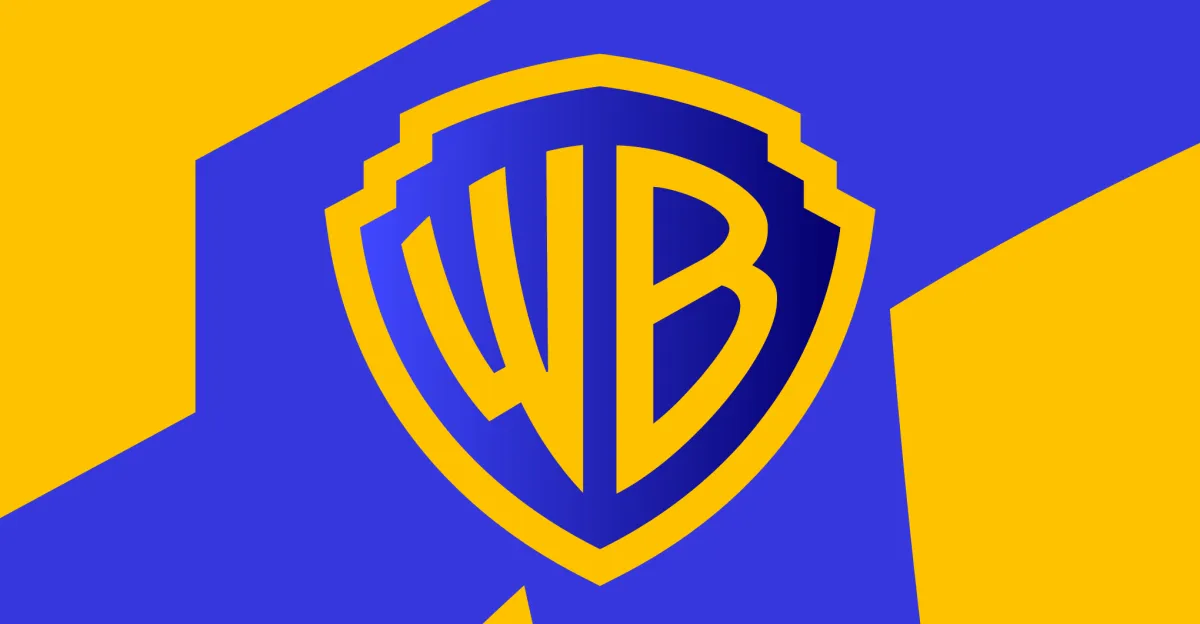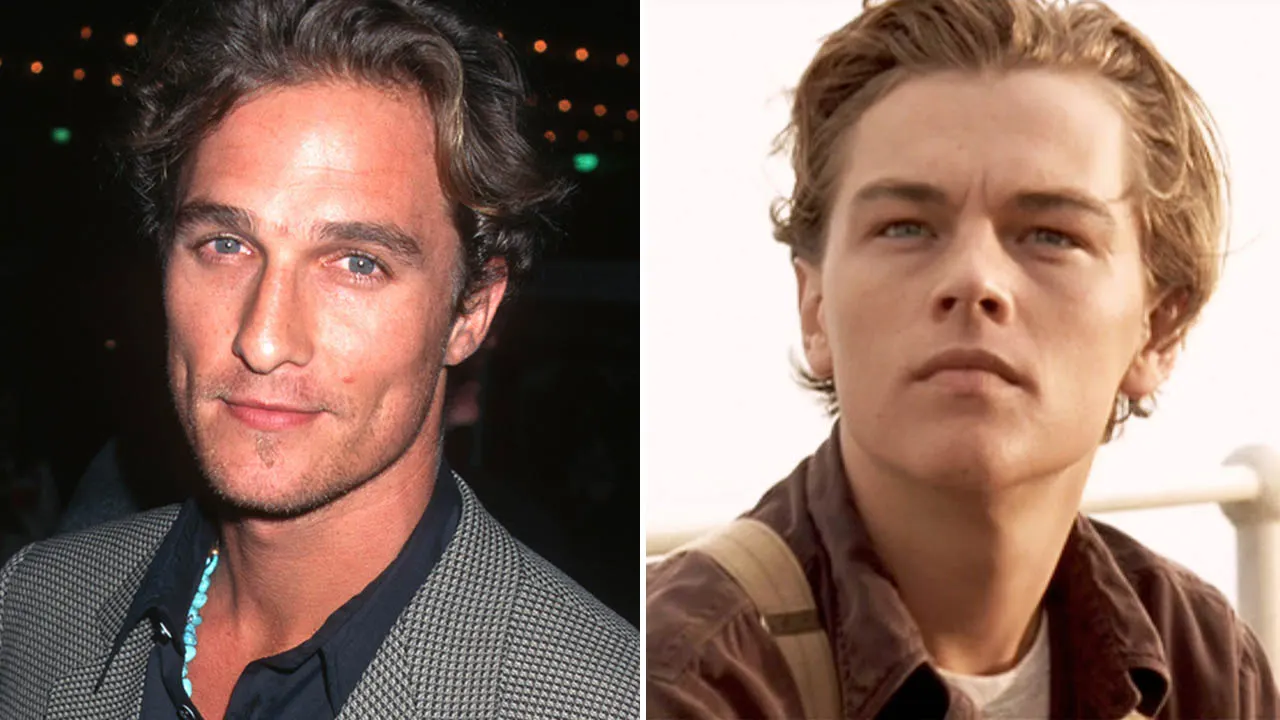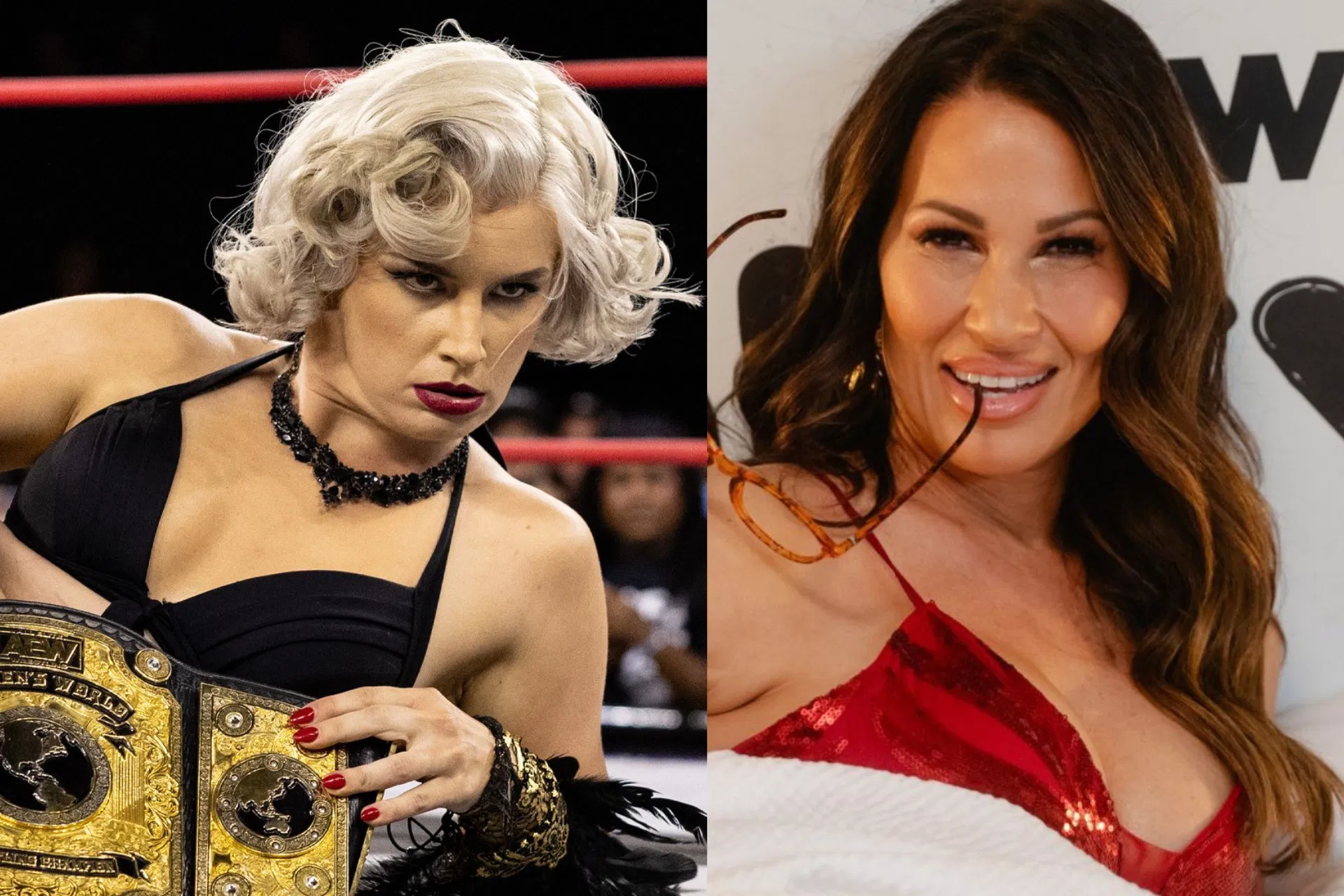Copyright The Verge

When Warner Bros. Discovery announced that it was open to the possibility of a sale, the entertainment giant was careful to mention that it has already received multiple unsolicited offers “for both the entire company and Warner Bros.” We knew about WBD’s plan to split back into two corporate entities, and that the company had just refused a lowball acquisition proposal from David Ellison’s newly merged Paramount Skydance. But what was new and very telling was CEO David Zaslav’s humblebragging about WBD’s portfolio “receiving increased recognition by others in the market.” As WBD’s head, who has somehow managed to keep his position during a tenure marked by multiple rounds of layoffs and a wildly misguided attempt at killing the HBO brand in favor of “Max,” Zaslav has a vested interest in spinning a potential acquisition as positively as he can. But when you look back at Warner Bros.‘ long history of mergers and acquisitions, it is easy to see how poorly those deals have always shaken out for everyone except the involved companies’ executive leadership. This flavor of corporate consolidation in pursuit of endless growth and increasing shareholder value has invariably led to devastating job cuts and price hikes for consumers — all while chipping away at the competitiveness that encourages companies to offer quality products. Acquisitions were part of Warner Bros.’ corporate DNA long before Discovery came into the picture. Putting Warner Bros. up for sale back in 1956 and secretly orchestrating a plan to buy a majority of the company’s stock for himself is how Jack Warner was able to install himself as the studio’s president. Subsequent deals throughout the ’60s and ’70s were key to Warner Bros.’ continued survival during a time when it was still considered a Hollywood underdog compared to studios like Paramount, Metro-Goldwyn-Mayer, and Universal. But things had taken a turn by the early ’90s when Warner Communications’ dire financial situation led to it merging with HBO owner Time Inc. For Time Warner — a company with roots in the very early 20th century — the ’90s were a successful period of modernization and expansion that made it one of the most valuable entertainment giants in the world. That growth and the company’s historical legacy are exactly what made it an acquisition target for America Online (AOL), which bought Time Warner Entertainment for around $182 billion in 2000. It is hard to overstate just how catastrophically the AOL Time Warner deal worked out in the end. The general idea was that AOL’s online platform could become a digital home for Time Warner’s wide array of content, which would theoretically attract new subscribers. Time Warner’s high-speed cable lines would provide the physical infrastructure necessary for AOL subscribers to access this media-rich content. This plan might have worked were it not for the advent of broadband internet, which was faster and more reliable than AOL’s dial-up offerings, and within a couple years of the company’s merger it was already bleeding billions of dollars. Thousands of AOL workers were laid off almost immediately, and even more employees from AOL Time Warner’s other divisions were left wondering if they might also lose their jobs after the company announced its plan to close Warner Bros. retail stores. The deal, which Time Warner executives at one point said would “unleash immense possibilities for economic growth, human understanding and creative expression,” ultimately ruined lives and cut the company’s value down to a fraction of what it had previously been. The situation also left Time Warner — which spun Time Inc. off in 2014 following a round of layoffs — with a massive amount of debt that still looms over present-day iterations of the company. That debt did not stop AT&T from making a successful bid to acquire Time Warner and rename it WarnerMedia in 2018 after a federal judge ruled against the Department of Justice’s antitrust lawsuit meant to block the $85.4 billion deal. In contrast to the DOJ’s insistence that the merger would reduce competition, AT&T argued that combining with WarnerMedia would help it put up a stronger fight against newer players like Netflix and Amazon. AT&T also pointed to its rival Comcast’s acquisition of NBCUniversal in 2011 as another example of how the public did not need to be concerned about vertical mergers (mergers between companies that are not rivals) for antitrust reasons. By 2020, the covid-19 pandemic’s onset and an internal restructuring focused on streaming video initiatives put thousands of WarnerMedia employees out of work. Then-CEO Jason Kilar insisted that the job cuts were necessary “for us to evolve how we operate in the context of best serving customers.” But that evolutionary path had seemingly hit a dead end by the following May, when AT&T announced that it was in the process of selling WarnerMedia to Discovery in a $43 billion all-stock deal that still left WarnerMedia and its new owner with that same looming debt. What made Discovery’s purchase of the Warner Bros. brand feel so different from previous deals were the drastic moves CEO David Zaslav made in attempts to get on top of the looming debt. Once again, there were multiple rounds of layoffs that were framed as being the natural consequences of one entertainment giant subsuming another. But it was shocking to see WBD can its completed Batgirl feature, remove multiple of titles from HBO Max, and rebrand its signature streaming service to the ill-conceived Max. Zaslav needed to scrounge up cash quickly, but his methods were actively dimming the public’s view of WBD. Zaslav insisted that his plan to focus on franchise IPs like Superman and Harry Potter would eventually work out in the company’s favor, but by 2023 — just a year after the WBD deal had closed — there were already rumors about wanting to sell the company off to Paramount. It was somewhat funny to watch WBD admit that “Max” was never the one to watch and announce plans to split Warner Bros. and Discovery up. But those moves made it very clear that WBD’s leadership was infinitely more focused on passing its debt off as opposed to running the company in a way that was conducive to making quality art and being a good place to work. Zaslav’s WBD did little to suggest otherwise in the lead-up to the recent announcement that the company was considering acquisition offers from a number of its competitors. And given the current administration’s recent willingness to approve these kinds of mega-mergers — deals that once would have once been subjected to intense scrutiny due to antitrust concerns — it feels very possible that WBD (or at least some part of it) will soon have a new owner. History tells us that if and when that happens, more people will lose their jobs, consumers will be left with fewer options to choose from, and entertainment companies will have less of a reason to truly compete with one another. Zaslav and other members of WBD’s leadership would be able to pat themselves on the back brokering a deal that enriches them personally. But regardless of who buys Warner Bros., the public would be left with a media landscape made even more dominated by a select few billionaires.



